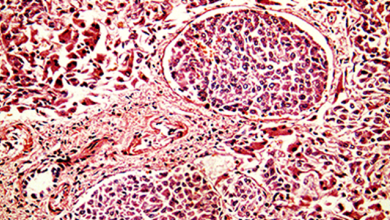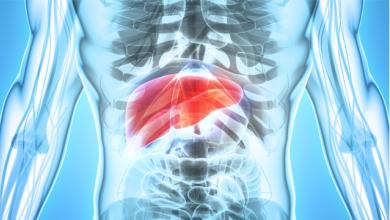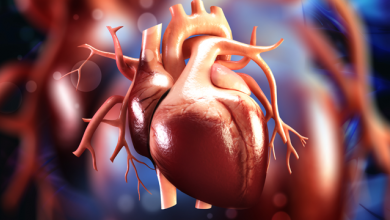Search results
Single-Ventricle Physiology
Author(s):
Lydia Taranto
,
Tabitha Moe
Added:
3 years ago
Article
Author(s):
Aleksandra Cieplucha
,
Werner Budts
,
Marc Gewillig
,
et al
Added:
1 year ago
Author(s):
Jonathan N Johnson
,
Frank Cetta
Added:
3 years ago
The last 60 years have seen significant changes in the care of congenital heart disease for both pediatric and adult patients. Increasing patient survival rates have widened the number and scope of potential patients seen by congenital cardiologists.1 These patients often undergo multiple surgeries, particularly since few lesions are truly ‘repaired.’ The majority of patients will have residua or…
View more
Author(s):
Nico A Blom
Added:
3 years ago
Cardiac resynchronization therapy (CRT) using biventricular pacing has been proven to be effective in adult patients with left ventricular (LV) systolic dysfunction and QRS prolongation. In this group of patients, CRT improves exercise tolerance, symptoms of heart failure and all-cause mortality.1 In addition, there is growing evidence that inter- and intra-ventricular dyssynchrony induced by…
View more
Author(s):
Morton J Kern
,
Katherine M Yu
Added:
3 years ago
Coronary artery disease (CAD), the most common cause of morbidity and mortality in the US, is frequently identified by coronary angiography. Decisions for treatment are often based on angiography alone, absent other clinical indicators for intervention. However, by angiography alone, conventional wisdom has suggested that a coronary stenosis is significant if there is at least a 50 % diameter…
View more
Author(s):
RJ Kanter
Added:
3 years ago
Introduction
Compared with patients with structurally normal hearts, there is an even greater need to suppress pathologic tachycardias in patients with congenital heart disease. The decrease in diastolic filling time and potential loss of atrioventricular (AV) synchrony are more poorly tolerated in these patients, proportionate to the degree of underlying systolic and diastolic dysfunction…
View more
Author(s):
Usha Krishnan
Added:
3 years ago
Pediatric interventional cardiology was born 40 years ago in 1966, when William Rashkind developed balloon septostomy in neonates with transposition of the great arteries.1 Almost a decade later, Andreas Gruentzig developed coronary angioplasty (between 1972 and 1976), which heralded an explosive era of interventional therapy for adults with heart disease, overshadowing the advances in…
View more
Author(s):
Ajitha Kulasekaran
,
Lorna Swan
Added:
11 months ago
Jamie M O’Driscoll
Job title: Reader in Cardiovascular Physiology
Author
Author(s):
Michael C Slack
Added:
3 years ago
This is certainly an exciting time to be a congenital interventional cardiologist. No doubt the later part of the 20th century laid the foundation for the new millennium; however, since the centennial celebration, several milestone events have already occurred and the future looks as bright as ever. In late 2001, the Amplatzer Atrial Septal Occluder System┬«, became the first device ever to…
View more














